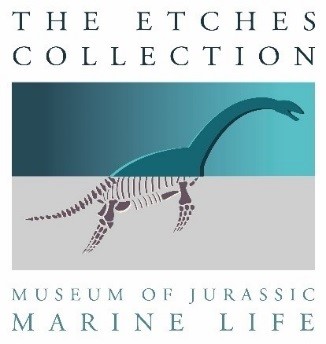Comparing a new Jurassic fossil fish with a modern fish: an example convergent evolution
/Fossil fish collected from the 157-152 million year old Kimmeridge Clay Formation include a very unusual new species which looks like a living freshwater fish called a barbel.
The word Barba is Latin for beard and is used because the Barbel has a pair of fleshy barbels (like whiskers) at the side of its mouth. It uses these barbels as taste receptors in the murky water where it lives to identify both food and possible predators.
In terms of general body shape (head, fins and tail) our new fossil example is broadly similar to the modern barbel. More interestingly is that a cat scan of the skull has revealed evidence of a previously unknown sensory organ.
Watch the full story by clicking on the You Tube video above where Steve Etches reveals more detail on how this ancient fossil can be related to a modern living form and explains what the cat scan work has revealed.
The Etches Collection Museum is located in Kimmeridge, Dorset on the World Heritage Coast and contains a nationally accredited and designated collection of over 2500 fossils from the Upper Jurassic Kimmeridge Clay Formation. The collection provides a major resource for education and research as well as being a major tourist attraction.

